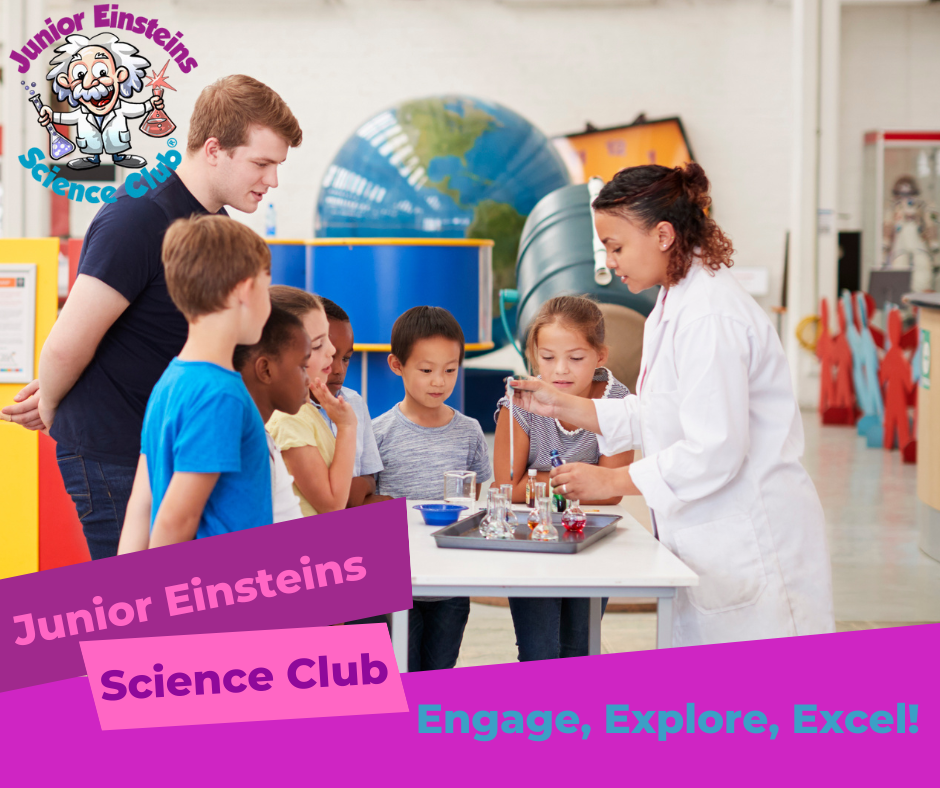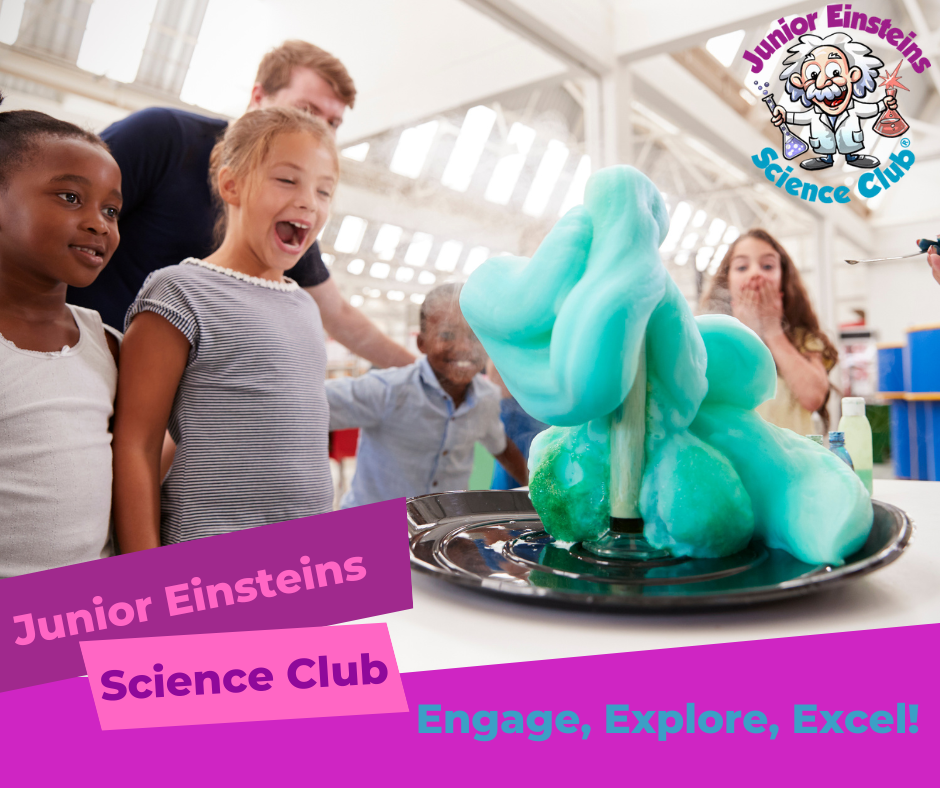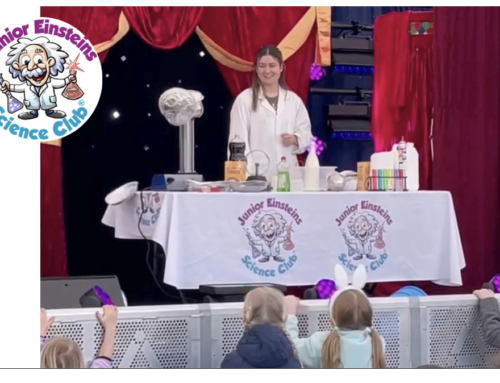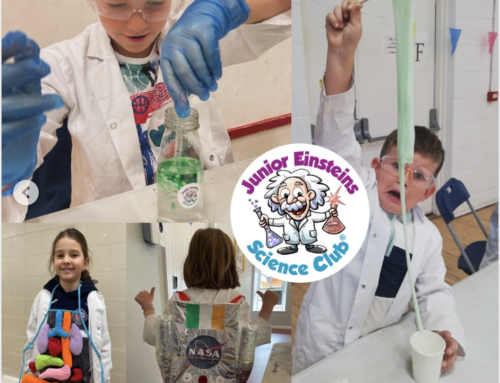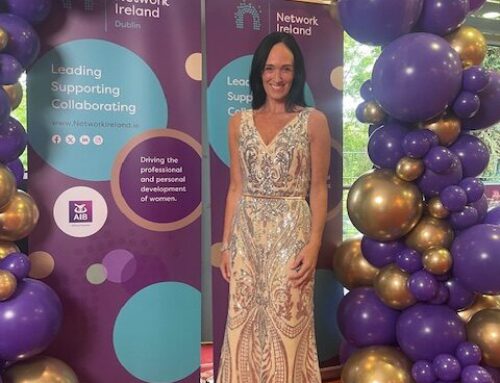The Science Behind the Magic: How Junior Einsteins Turns Fun Into Learning
At Junior Einsteins Science Club, the magic of learning is brought to life through engaging, hands-on activities that make complex STEM concepts accessible and enjoyable for young children. This post delves into the unique methodologies and philosophies behind the program, showcasing how fun and learning go hand in hand at Junior Einsteins Science Club.The Science Behind the Magic How Junior Einsteins Turns Fun Into Learning
Bringing STEM for kids to Life with Exciting Activities
Junior Einsteins uses a variety of exciting activities to captivate children’s interest and introduce them to important scientific principles. Here are some of the highlights:
- Shooting Each Other with Giant Smoke Cannons: Using large smoke cannons, children can see the invisible forces at play as they create and launch smoke rings. This activity helps them understand the concepts of air pressure, vortex formation, and the behaviour of gases in a fun and interactive way.
- Quantum Physics with NERF Guns: This unique activity introduces children to the basic concepts of quantum physics using NERF guns to demonstrate particle behaviour, wave-particle duality, and the principles of quantum mechanics. It’s a playful yet educational way to spark interest in advanced scientific topics
- Slime Making: Creating slime not only fascinates children but also introduces them to the basics of polymers and non-Newtonian fluids. It’s a perfect blend of fun and education, making complex science topics accessible and enjoyable.
- Rocket Launches: Building and launching simple rockets demonstrates principles of physics and aerodynamics. Through this thrilling activity, students learn about force, motion, and propulsion in a way that captures their imaginations.
- Bug Hunts: Outdoor activities like bug hunts allow children to learn about biology, ecosystems, and the environment. By collecting and studying specimens, they develop a deeper connection with nature and a greater understanding of the world around them.
The Educational Theories Behind the Fun
Junior Einsteins Science Club’s approach is grounded in well-established educational theories and cognitive science principles that emphasise hands-on learning and active engagement. Here’s how these theories come to life in the program:
- Experiential Learning: This theory posits that students learn best through direct experience. At Junior Einsteins, children engage in hands-on activities that allow them to explore and discover scientific concepts firsthand.
- Constructivist Approach: According to this approach, children build their own understanding through active involvement. The experiments and interactive activities at Junior Einsteins help students construct knowledge themselves, rather than passively receiving information.
- Multi-Sensory Learning: Engaging multiple senses enhances memory and understanding. Activities at Junior Einsteins are designed to be tactile, visual, and auditory, catering to different learning styles and making science accessible to all children.
- Inquiry-Based Learning: Encouraging curiosity and questioning is key to fostering critical thinking and problem-solving skills. Students at Junior Einsteins are prompted to ask questions, hypothesise, experiment, and draw conclusions, transforming them into little scientists.
Through these engaging methodologies and hands-on activities, Junior Einsteins Science Club successfully transforms fun into a powerful learning experience, inspiring the next generation of scientists and innovators.
Our Science STEM for Kids Locations:
Science STEM for Kids Westmeath
Science STEM for Kids Birmingham
Science STEM for Kids NorthWestLondon
Science STEM for Kids Ontario Canada

